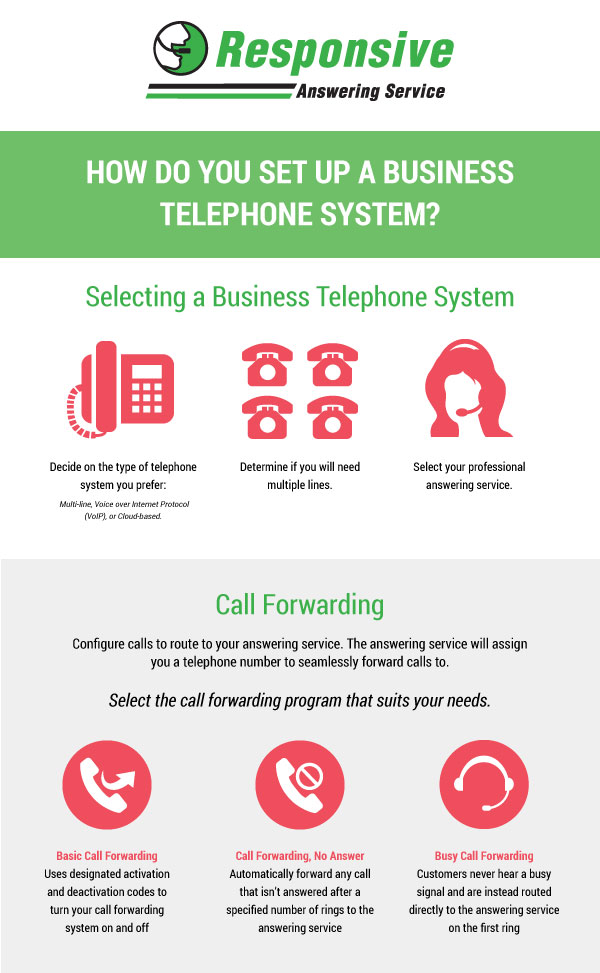 A well-structured business telephone system serves as the backbone of effective communication, influencing customer relationships, operational efficiency, and overall success. how to set up a business telephone system that can seamlessly route to an answering service is critical to the success of your company. Once you have completed the task properly, you are set to experience the growth in customers and customer satisfaction that a professional answering service provides.
A well-structured business telephone system serves as the backbone of effective communication, influencing customer relationships, operational efficiency, and overall success. how to set up a business telephone system that can seamlessly route to an answering service is critical to the success of your company. Once you have completed the task properly, you are set to experience the growth in customers and customer satisfaction that a professional answering service provides.
 A well-structured business telephone system serves as the backbone of effective communication, influencing customer relationships, operational efficiency, and overall success. how to set up a business telephone system that can seamlessly route to an answering service is critical to the success of your company. Once you have completed the task properly, you are set to experience the growth in customers and customer satisfaction that a professional answering service provides.
A well-structured business telephone system serves as the backbone of effective communication, influencing customer relationships, operational efficiency, and overall success. how to set up a business telephone system that can seamlessly route to an answering service is critical to the success of your company. Once you have completed the task properly, you are set to experience the growth in customers and customer satisfaction that a professional answering service provides.

 Receive Your Free Consultation
Receive Your Free Consultation